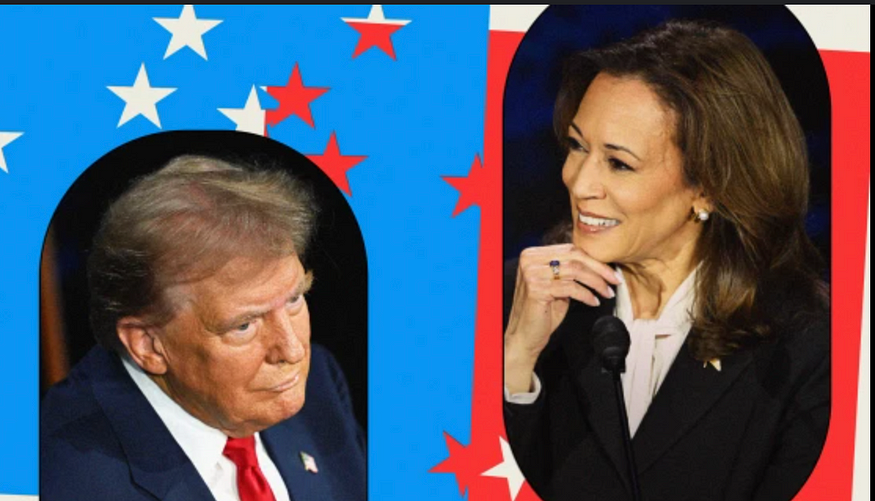The recent debate between Donald Trump and Kamala Harris gave us a clear look into the messaging strategies that both candidates are pushing at this stage of the election. For Trump, his audience expects him to maintain his persona as a “strong” and capable leader — a persona we’ve discussed before in our blogs on political archetypes. Throughout the debate, Trump emphasized that he is a president people “fear” (in quotes), while also claiming that the economy was better under his administration. His showmanship and confidence in front of the camera reinforced his core message, one that resonates strongly with his base.

Interestingly, Trump toned down his usual aggressive rhetoric, refraining from direct personal attacks, particularly those seen at his rallies where he often labels Harris and Democrats as “radical leftists.” Instead, he stayed true to his classic debate style, but with a more measured approach — still projecting strength but without overtly inflammatory remarks.
On the other hand, Kamala Harris made her message clear from the start. She positioned herself as someone who came from an educated, hardworking family, embodying the middle class she wants to uplift. She then connected this narrative to her new messaging around the “Economy of Opportunity,” a strategic shift from the less resonant “Bidenomics” that struggled to gain traction with voters. By the end of the debate, Harris returned to the emotional appeal of being a centrist, unifying figure, someone who is focused on bringing people together rather than driving them apart. She also revisited themes of positive emotion, linked to her and Tim Walz’s messaging — an idea we’ve explored in previous blogs.
In essence, these debates serve as platforms for candidates to amplify the central messages of their campaigns. Trump pushed the narrative that he is the strong, capable leader who can restore the economy, while Harris introduced her “Economy of Opportunity” message and reinforced her image as a classic, centrist politician. These messages will not only dominate future debates but will also be echoed across fundraising efforts, campaign materials, and speeches by surrogates as we move deeper into the election cycle.
Both candidates clearly reflected their key talking points, starting strong and concluding with consistent messaging that resonated with their respective voter bases. Trump underscored his strength, while Harris offered a more detailed and forward-looking vision centered on opportunity and unity.
The stage is set, and it will be fascinating to see how these strategies evolve as we approach the final stretch of the election.
Kateryna Odarchenko
